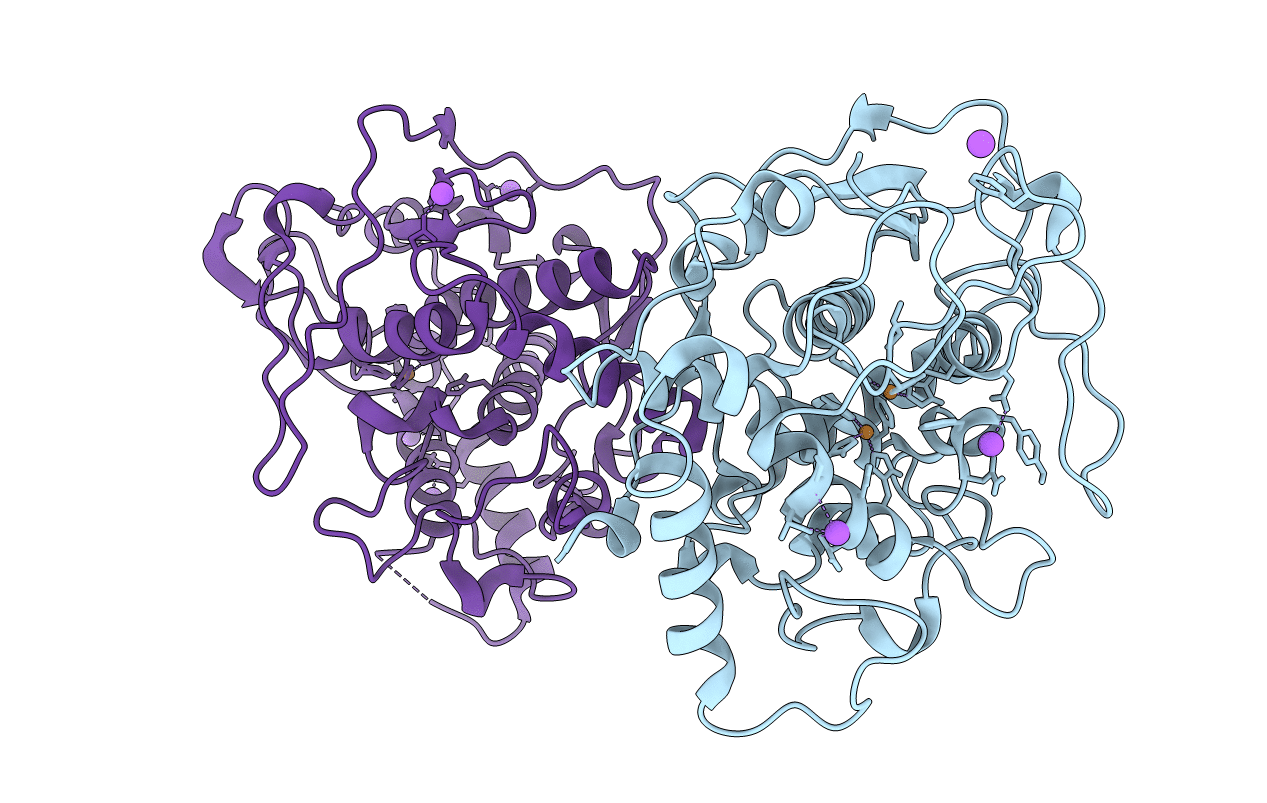
Deposition Date
2015-07-06
Release Date
2015-10-28
Last Version Date
2024-11-06
Method Details:
Experimental Method:
Resolution:
1.80 Å
R-Value Free:
0.18
R-Value Work:
0.16
R-Value Observed:
0.17
Space Group:
C 1 2 1


